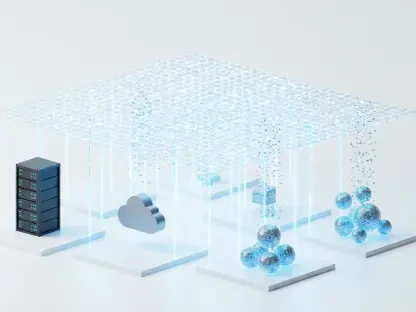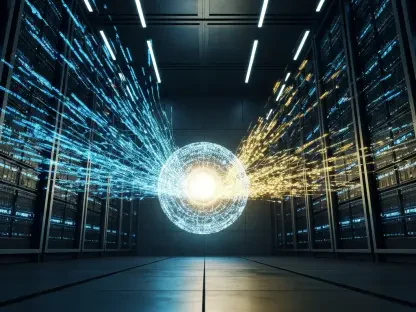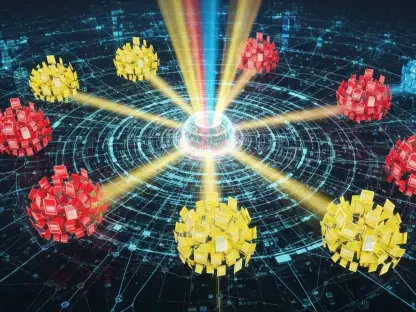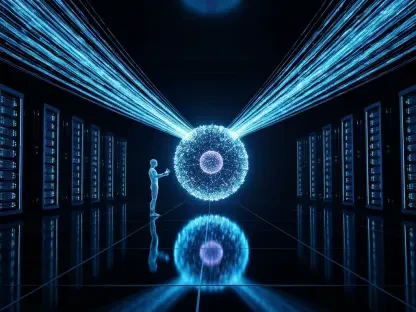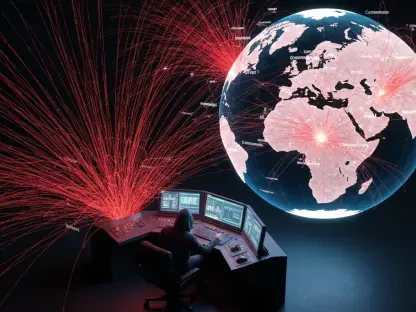In the ever-evolving landscape of cognitive science and artificial intelligence, memory is no longer viewed merely as a retrieval system but as a complex, generative process. This shift in understanding proposes a potential future where both human and artificial intelligence are less about data storage and retrieval and more about dynamic creation. Cognitive scientist Elan Barenholtz argues that the brain recreates experiences on-demand, radically altering traditional perceptions of memory as a static collection of stored information. This new approach suggests that memories do not exist in a tangible form within the brain but are real because of their vivid recreation each time they surface, challenging established cognitive models and reshaping our understanding of both human cognition and technological advancements.
The Generative Nature of Human Memory
A Fresh Perspective on Cognitive Processes
Barenholtz illustrates that when people endeavor to remember personal experiences, like a loved one’s face or moments from past vacations, their brains do not retrieve these images from a stored location. Instead, they generate the required memories from various inputs, constructing them anew each time. This generative capability of memory implies that recollections do not exist as static entities within the mind, reinforcing the idea that memory is a dynamic force, always in the process of creation. Traditional theories positing memory as a repository of fixed, archived information are thus disrupted. This novel model suggests that cherished moments, while not physically stored, retain their authenticity and vitality through the brain’s ability to reconstruct them whenever needed.
The realization that human memory operates generatively connects to contemporary technological trends, particularly in the realm of artificial intelligence. Just as the human brain actively generates memories, modern AI systems, such as large language models, have the capability to generate content in real time. These AI platforms do not solely rely on extracting information from existing databases; they synthesize responses, craft images, and create codes based on the current input, echoing the generative memory model in humans. This evolution signifies a transformative shift in both cognitive science and AI, focusing on the dynamic potential of generating new data over traditional methods of data retrieval.
Implications for Education and Learning
Understanding memory as a generative process carries profound implications for education and learning. If memory is indeed a dynamic creative process, educational strategies might benefit from shifting their focus from mere storage and recall to enhancing this generative capacity. Such a reorientation in learning could lead to the development of more adaptive educational tools and practices that tailor to individuals’ learning styles, enabling a more personalized educational experience. Interactive AI systems could be developed not just to provide static information but to generate responses and solutions that better fit contextual needs.
In the classroom, this new conception of memory encourages an active engagement with materials, promoting deeper understanding and retention through the creative assembly of knowledge rather than passive memorization. Furthermore, learning technologies could evolve to emphasize application and adaptation, encouraging students to apply knowledge creatively and in real-world contexts. As AI development progresses in a similar direction, these intelligent systems could become more adept at providing nuanced, situation-specific assistance, mirroring human adaptability and creativity in learning scenarios.
Parallel Developments in Artificial Intelligence
Generative AI and Its Transformative Role
The innovation within artificial intelligence draws notable parallels with the reimagined concept of human memory. Earlier AI models focused on retrieving data from extensive databases, akin to traditional storage-based models of human memory. However, the latest advancements in generative AI, such as large language models, have introduced a shift toward real-time creation and customization, marking a transformation in AI’s operational dynamics. These systems mimic the proposed model of generative human memory by crafting responses and solutions uniquely tailored to the immediate context. This capability not only highlights their proficiency but also underscores the unpredictability and creative potential inherent in generative models.
Generative AI’s approach represents a new wave of technological innovation, where the emphasis is placed on the ability to synthesize new information. By mirroring the brain’s generative memory process, AI systems are increasingly aligning with a more human-like way of processing and outputting information. This has implications for a range of applications, from creative industries that rely on novel content generation to complex problem-solving tasks in various scientific fields. The ability of AI to model human memory processes opens up pathways for creating more sophisticated, adaptive technologies that resonate with human cognitive patterns.
Shaping the Future of Human and Artificial Intelligence
Barenholtz highlights that when individuals attempt to recall personal experiences, such as a beloved face or vacation moments, their brains do not simply pull these images from a stored database. Instead, they generate the memories from various inputs, actively constructing them each time. This ability shows that memories aren’t fixed but are rather dynamic creations, emphasizing that memory is a constantly evolving process. Traditional ideas of memory as a fixed archive get disrupted by this understanding. This new perspective suggests that, while not physically archived, cherished moments retain their authenticity through the brain’s power to reconstruct them as needed.
This generative nature of human memory parallels modern advancements in technology, particularly AI. Like the brain, AI systems, such as large language models, create content in real-time. These platforms don’t just pull from existing databases but synthesize responses, create images, and develop codes from current inputs. This reflects a shift in understanding both in cognitive science and AI, valuing the creation of new data over traditional information retrieval.





